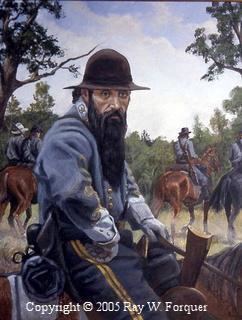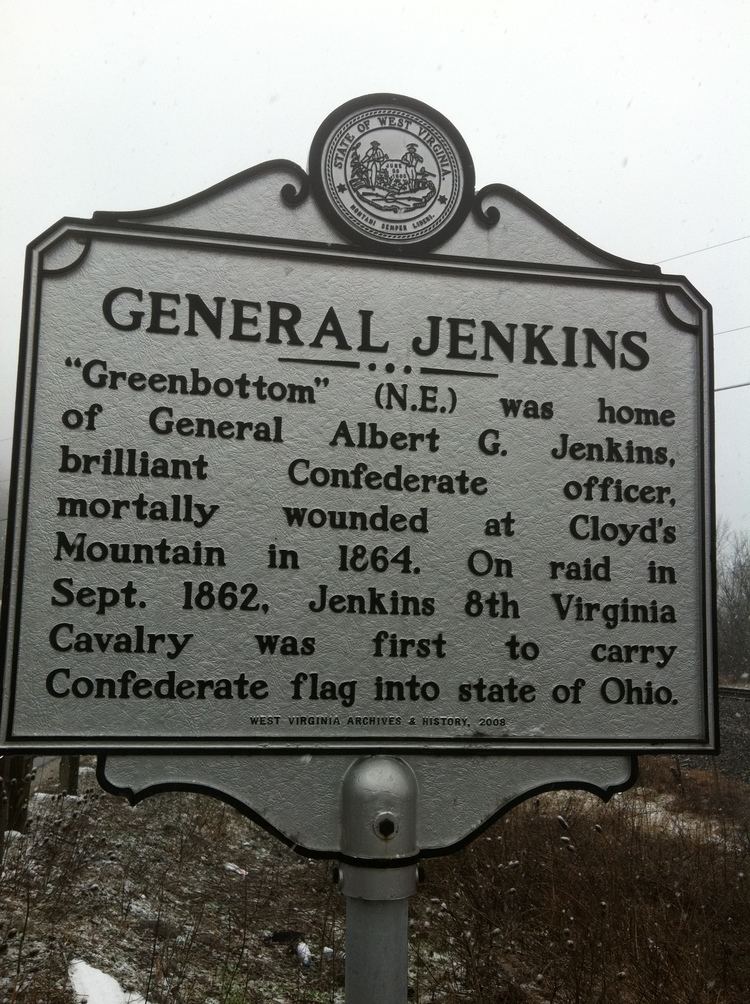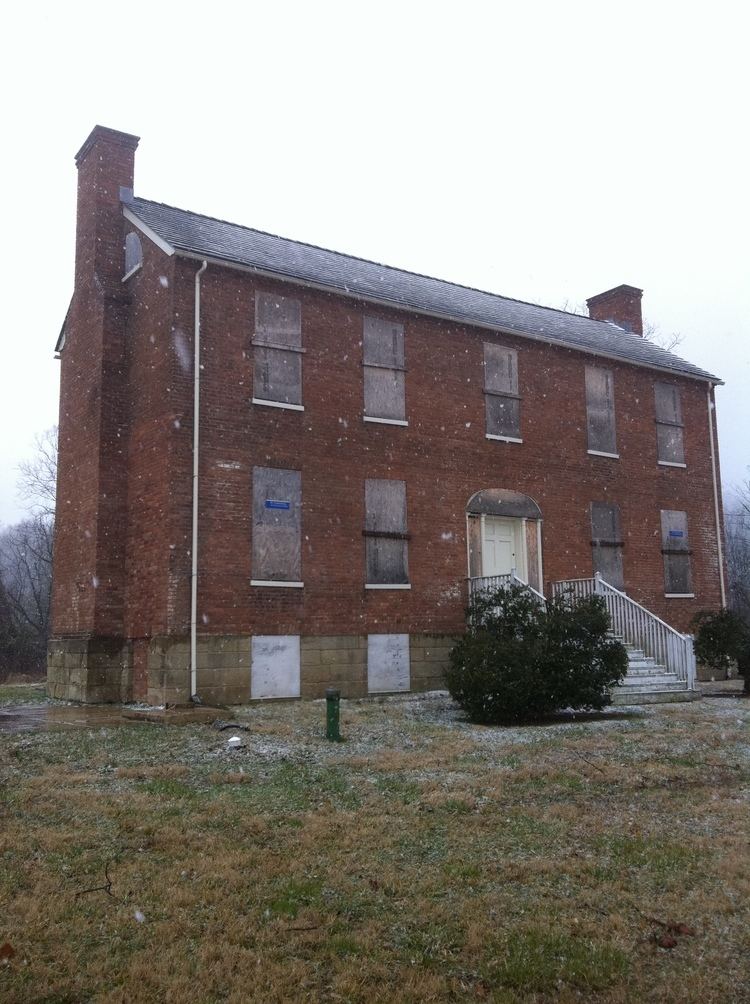Name Albert Jenkins | Political party Democratic Succeeded by John S. Carlile | |
 | ||
Similar People George Crook, Jacob Dolson Cox, Henry A Wise, George S Patton - Sr, J E B Stuart | ||
Albert Gallatin Jenkins (November 10, 1830 – May 21, 1864) was an attorney, planter, representative to the United States Congress and First Confederate Congress, and a Confederate brigadier general during the American Civil War. The commander of a brigade of cavalry from what would become West Virginia, he was mortally wounded at the Battle of Cloyd's Mountain near Dublin, Virginia.
Contents

Early life and career

Jenkins was born to wealthy planter Capt. William Jenkins and his wife Jeanette Grigsby McNutt in Cabell County, Virginia, now West Virginia. At age fifteen, he attended Marshall Academy. He graduated from Jefferson College in Canonsburg, Pennsylvania, in 1848 and from Harvard Law School in 1850. Jenkins was admitted to the bar the same year and practiced in Charleston, before inheriting a portion of his father's sprawling plantation in 1859. He was named a delegate to the Democratic National Convention in Cincinnati in 1856, and was elected as a Democrat to the Thirty-fifth and Thirty-sixth United States Congresses.
Civil War

With the outbreak of the Civil War and Virginia's subsequent secession, Jenkins declined running for a third term and resigned from Congress in early 1861. He returned home and raised a company of mounted partisan rangers. By June, his company had enrolled in the Confederate Army as a part of the 8th Virginia Cavalry, with Jenkins as its colonel. By the year's end, his men had become such a nuisance to the Federals in western Virginia that military governor Francis H. Pierpont appealed to President Abraham Lincoln to send in a strong leader to stamp out the rebellion in the area. Early in 1862, Jenkins left the army to become a delegate to the First Confederate Congress. He was appointed brigadier general August 1, 1862, and returned to active duty. Throughout the fall, his men performed well, continuing to harass Union troops and supply lines, including the vital Baltimore & Ohio Railroad.

In September, Jenkins's cavalry raided northern Kentucky and now West Virginia. They briefly entered extreme southern Ohio near Buffington Island, becoming one of the first organized Confederate units to enter a Northern state. In December, Robert E. Lee requested that Jenkins and his men transfer to the Shenandoah Valley.

After spending the winter foraging for supplies, he led his men on a raid in March 1863 through western Virginia. During the Gettysburg Campaign, Jenkins' brigade formed the cavalry screen for Richard S. Ewell's Second Corps. Jenkins led his men through the Cumberland Valley into Pennsylvania and seized Chambersburg, burning down nearby railroad structures and bridges. He accompanied Ewell's column to Carlisle, briefly skirmishing with Union militia at the Battle of Sporting Hill near Harrisburg. During the subsequent Battle of Gettysburg, Jenkins was wounded on July 2 and missed the rest of the fighting. He did not recover sufficiently to rejoin his command until fall.

He spent the early part of 1864 raising and organizing a large cavalry force for service in western Virginia. By May, Jenkins had been appointed Commander of the Department of Western Virginia with his headquarters at Dublin. Hearing that Union Brig. Gen. George Crook had been dispatched from the Kanawha Valley with a large force, Jenkins took the field to contest the Federal arrival. On May 9, 1864, he was severely wounded and captured during the Battle of Cloyd's Mountain. A Union surgeon amputated Jenkins' arm, but he never recovered, dying twelve days later. He was initially buried in New Dublin Presbyterian Cemetery. After the war, his remains were reinterred at his home in Greenbottom, near Huntington, West Virginia. He was later reinterred in the Confederate plot in Spring Hill Cemetery in Huntington.
Memorialization
Jenkins's home, Green Bottom, has been restored and is now a museum run by the West Virginia Division of Culture and History. In 1937, Marshall University constructed Jenkins Hall, naming it in honor of the distinguished Confederate cavalry officer. In 2005, a monument to General Jenkins was erected in Mechanicsburg, Pennsylvania, commemorating his service during the Gettysburg Campaign.
